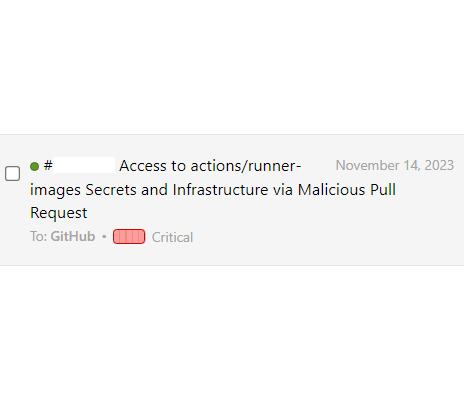
Watch your Dispatch: Race Condition in Dependabot Core CI
Overview I identified a High risk vulnerability impacting GitHub’s dependabot-core repository that could have allowed an attacker to conduct a supply chain attack on GitHub users by backdooring the Dependabot containers. The cause of the vulnerability was a race condition in a workflow that maintainers would trigger to perform integration testing on approved pull requests prior to merging. In this post I walk through how the vulnerability worked, how GitHub fixed it, and how you can fix this variation of Time-of-Check-Time-of-Use vulnerability. ...



